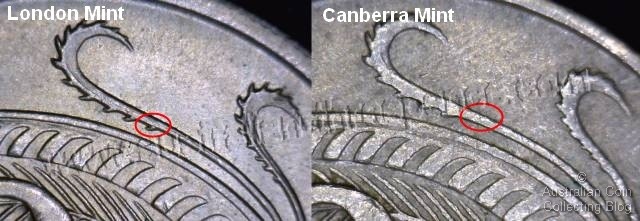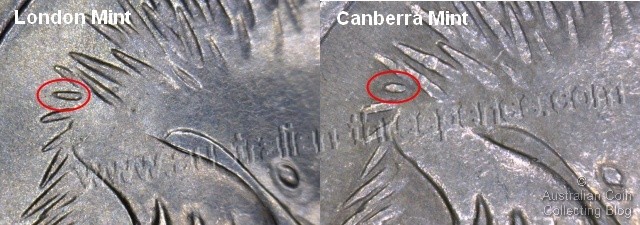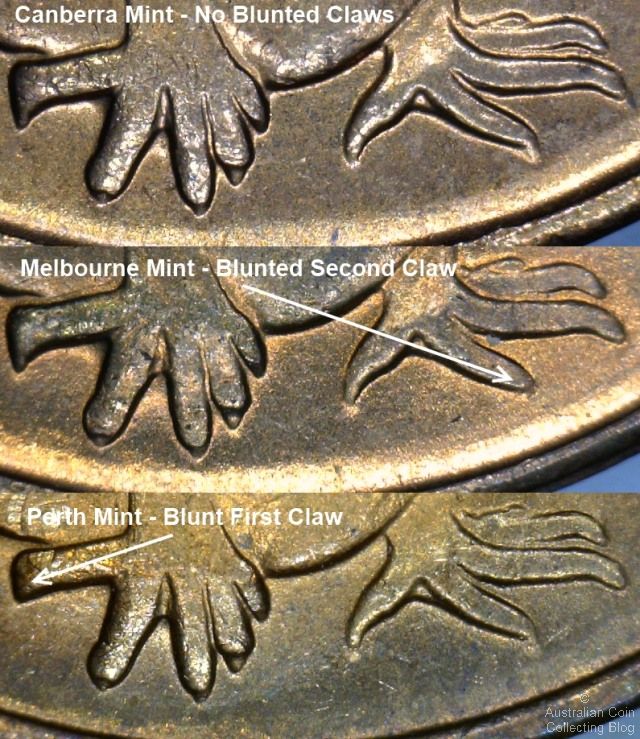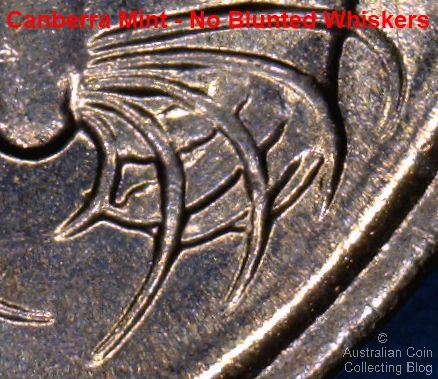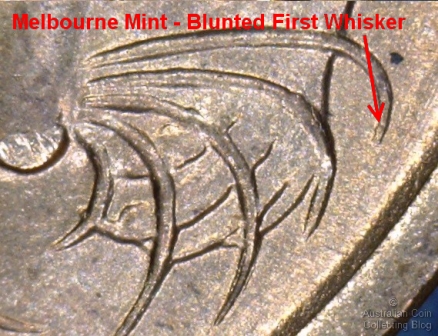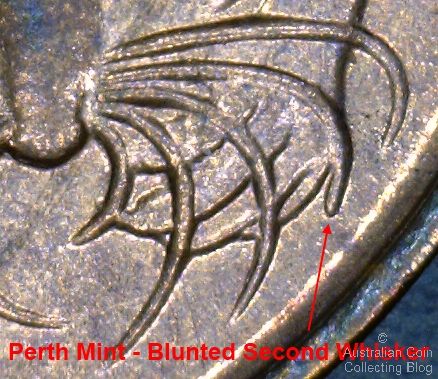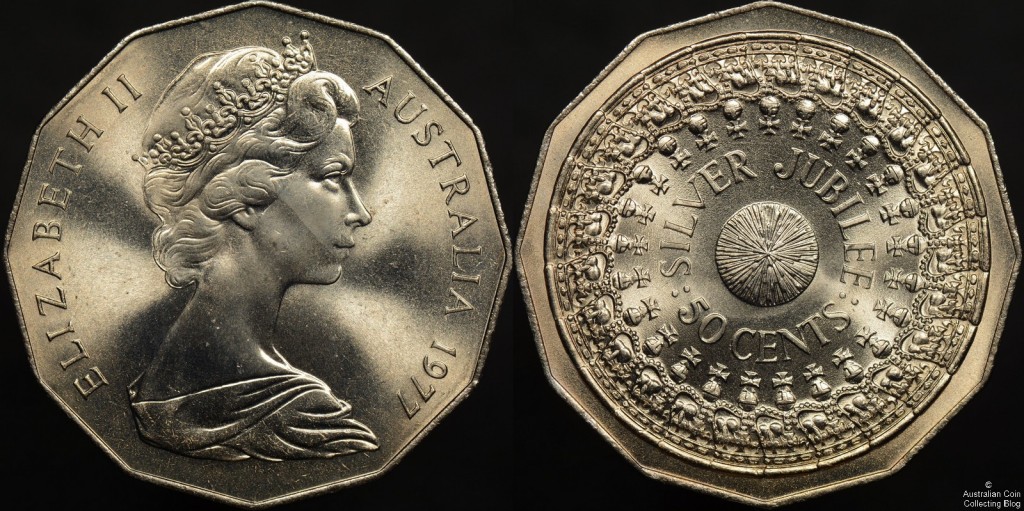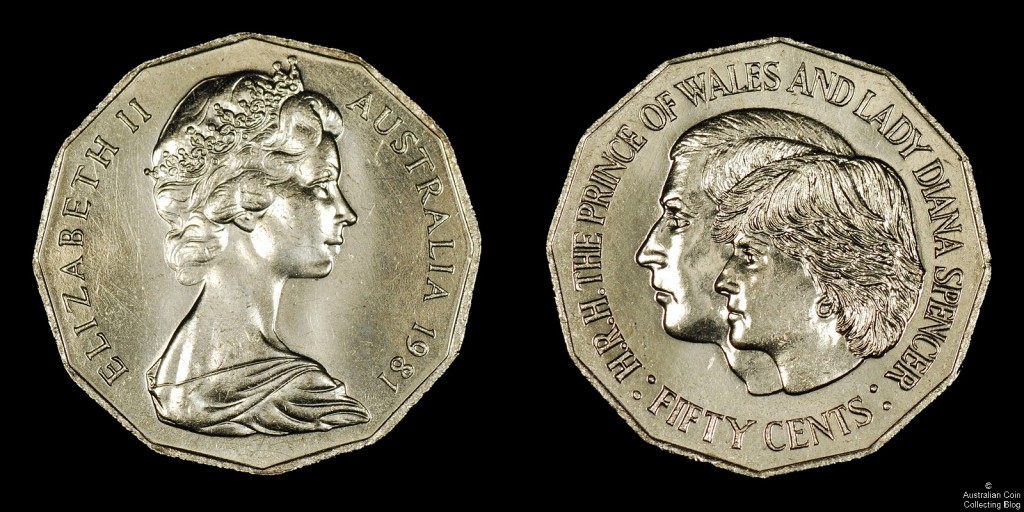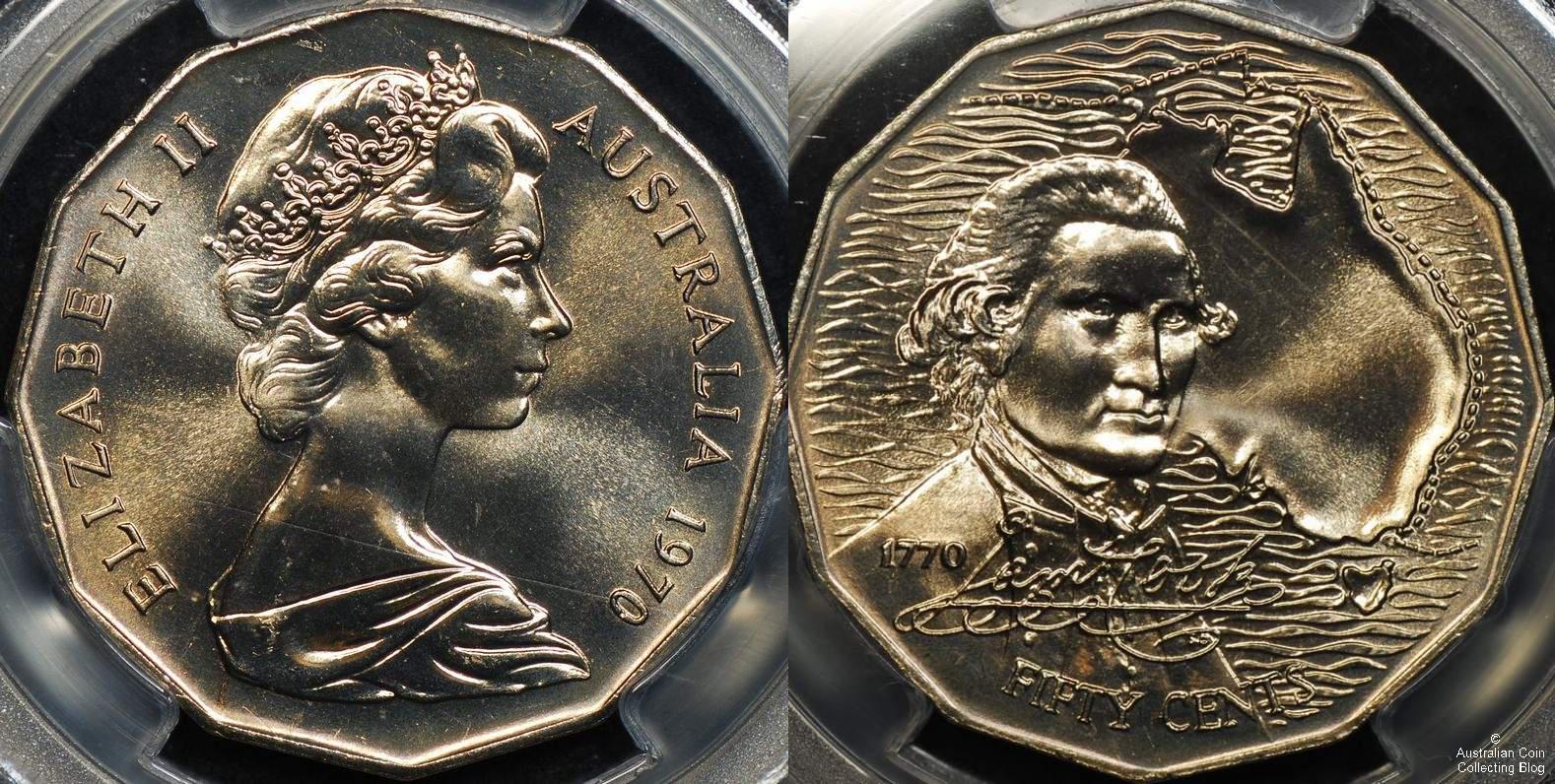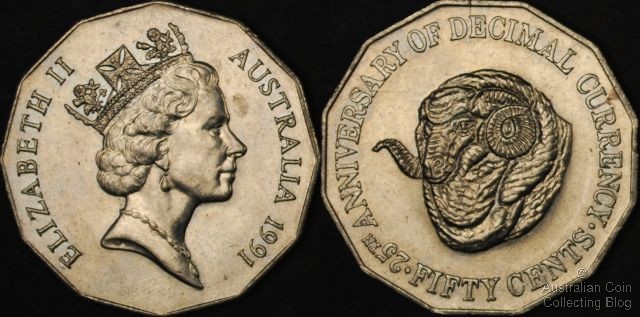
Australia 1991 25th Anniversary of Decimal Currency 50 cent
The 14th of February 1966 was ‘C Day’, when Australia changed from the pounds, shillings, and pence system to a decimal system of dollars and cents. It was a massive event with shopping tills and calculators across the country needing to be modified or replaced, the government had to have more than a billion new coins minted and ready to be sent into circulation, and the public had to be extensively educated in the new decimal system. Preparation had begun years before with the new mint opening in Canberra in 1965. Because Australia needed so many new coins, decimal coins for 1966 were minted in London, Melbourne, Perth, and the brand new Royal Australian Mint (RAM) in Canberra. 1991 was the 25th anniversary of the introduction of decimal currency in Australia and the RAM chose to celebrate with an attractive commemorative 50 cent coin that was released into circulation.
Decimal coins in 1991 had the Raphael Maklouf portrait of Queen Elizabeth II on the obverse. The reverse of this commemorative coin was designed by RAM master sculptor Horst Hahne using the rams head from the Australian shilling which was minted from 1938 to 1963 and his own legend which reads “50 Cents : 25th Anniversary of Decimal Currency”. The rams head is a depiction of that originally sculpted by George Kruger Gray. 4,704,000 of these coins were struck in copper nickel for circulation, another 169,557 to brilliant UNC standards for mint sets, and 41,590 in proof for the 1991 proof sets. 25,000 were also struck in sterling silver for the 1991 Masterpieces in Silver set.
The 1991 25th Anniversary of Decimal Currency 50c is one of the lowest mintage circulating commemorative 50c coins and as such you don’t often see them in your change. There were still nearly 5 million of them made though, so it is by no means a scarce coin and only really worth more than face value if it is uncirculated, when it is worth $7-$10. A proof cupro nickel coin might fetch up to $20 while the sterling silver coin from the Masterpieces in Silver set can be had for $30. Interestingly security rolls of this coin are quite scarce and do fetch decent prices of $150 and up.
